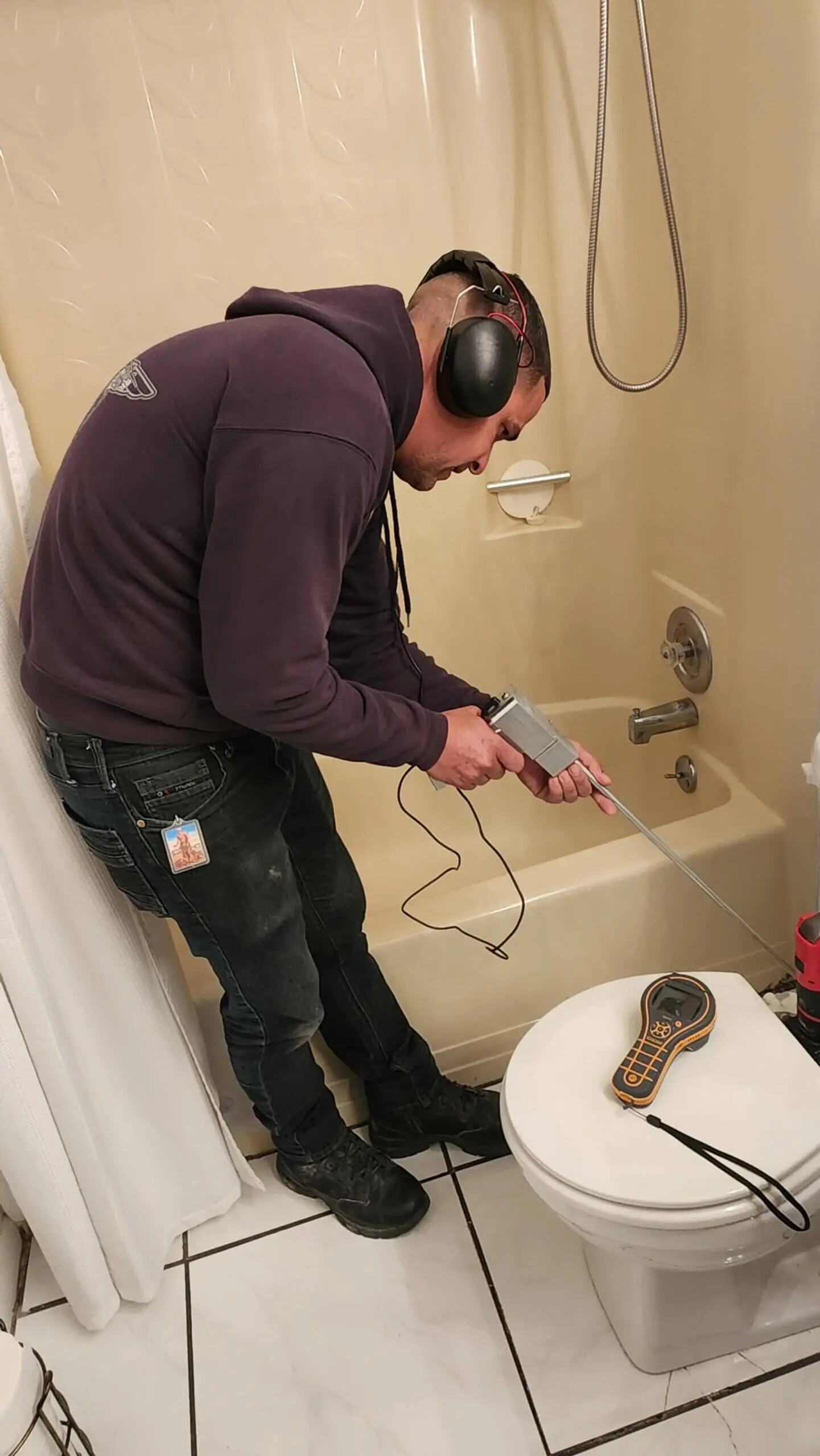
Repairing Cracks in Showers: A Step-by-Step Guide
Introduction
Showers can be one of the most relaxing parts of our daily routines, but they can also be a source of frustration when cracks start to appear. Whether it’s a small hairline fracture or a more substantial crack that threatens the integrity of your shower, knowing how to tackle this issue is essential for maintaining not only your bathroom's aesthetic but also its functionality. In this comprehensive guide, we'll delve into the nitty-gritty details of repairing cracks in showers, ensuring you have all the tools and knowledge at your disposal.
Let’s face it: nobody wants to deal with plumbing issues. That’s where searching for "plumber near me" comes in handy if you need professional help. But before you pick up the phone, let’s explore the steps you can take to repair those annoying cracks yourself.
Repairing Cracks in Showers: A Step-by-Step Guide
Understanding Shower Materials
Common Shower Materials
Before diving into repairs, it’s crucial to know what material your shower is made from. Different materials require different approaches. Most common materials include:
- Fiberglass: Lightweight and easy to install but can crack over time.
- Acrylic: Similar to fiberglass but often more durable.
- Ceramic Tile: Classic choice but grout lines can lead to cracking.
- Stone: Offers luxury but may require special care.
Knowing these materials helps tailor your repair strategy effectively.
Identifying the Type of Crack
Not all cracks are created equal. Some might just be cosmetic, while others could indicate underlying issues like water damage or structural problems. Here’s how you can categorize them:
- Surface Cracks: Usually superficial and often fixable with caulk or filler.
- Deep Cracks: Might require patching or even replacement of tiles or panels.
Tools and Materials Needed for Repair
Essential Tools for Shower Crack Repair
To successfully navigate through the repair process, gather these tools:

Materials You’ll Need
Once you’ve got your tools ready, it’s time to gather materials:

- Epoxy Resin – Great for filling deep cracks.
- Silicone Caulk – Best for surface-level cracks.
- Sealant – To protect against future damage.
Step 1: Assessing the Damage
Visual Inspection Techniques
Start with a thorough visual check of your shower area. Look for cracks, discoloration, or any signs of mold growth around joints or seams.
Determining Water Impact
Check if moisture has seeped into surrounding walls or floors by pressing on them gently; soft spots might indicate water damage necessitating further repairs.
Step 2: Cleaning the Area Thoroughly
Cleaning Supplies Needed
Before starting any repairs, clean the affected area using:
- Mild soap
- Scrub brush
- Rags
Steps for Effective Cleaning
Step 3: Preparing the Crack for Repair
Smoothing Out Rough Edges
Use sandpaper to smooth out jagged edges around larger cracks—this creates a better surface for adhesion.
Wiping Down Surfaces
After sanding, wipe down again with a damp rag to remove any dust particles that could interfere with bonding.
Step 4: Choosing Your Repair Method
For Surface Cracks: Using Caulk
Pro Tip:
Always choose mold-resistant silicone caulk—especially important in humid areas like showers!
For Deep Cracks: Patching Compound
Step 5: Finishing Touches After Repair
Smoothing and Texturing
Once cured, sand down any uneven areas until they’re flush with surrounding surfaces.
Applying Sealant
For added protection against future water intrusion, consider applying a sealant over repaired areas once everything is dry.
Step 6: Maintenance Tips Post Repair
Maintaining your shower after repairs is key! Regular cleaning prevents buildup that can exacerbate existing emergency plumbing Pembroke Pines FL issues.
Regular Inspections
Make it a habit to inspect your shower weekly; catch minor issues before they become major headaches!
FAQs About Repairing Cracks in Showers
Q1: How do I know if I need an emergency plumber?
If you notice significant leaks or extensive water damage beyond simple cracks, it's time to call an emergency plumber who specializes in leak detection near me!
Q2: Can I use regular paint on my repaired shower?
No! Always opt for waterproof paint designed specifically for bathrooms that can withstand high humidity levels.

Q3: Is there anything I should avoid using on my fiberglass shower?
Avoid abrasive cleaners which can scratch its surface; stick with gentle soaps instead!
Q4: How long does epoxy resin take to cure?
Most epoxy resins take about 24 hours to fully cure—follow manufacturer guidelines closely!
Q5: What should I do if my crack keeps reappearing?
If cracks persist despite repairs, there may be structural issues at play—consult an expert plumber as soon as possible!
Q6: Are there preventative measures I can take?
Yes! Regular sealing and proper ventilation go a long way in keeping moisture at bay and preventing future cracks from forming.
Conclusion
Repairing cracks in showers doesn’t have to be daunting! With this step-by-step guide under your belt, you're well-equipped to tackle minor issues before they escalate into costly repairs that require emergency plumbing services. Whenever you're unsure about handling plumbing independently—or if you're facing persistent problems—it’s wise to reach out to local plumbers who specialize in these repairs and offer drain cleaning services too! Your bathroom deserves some love—and so do you! Happy repairing!